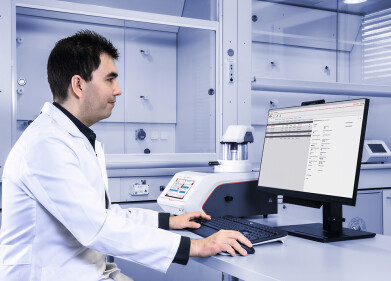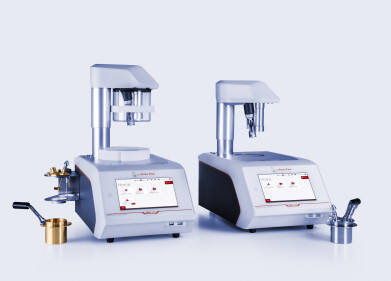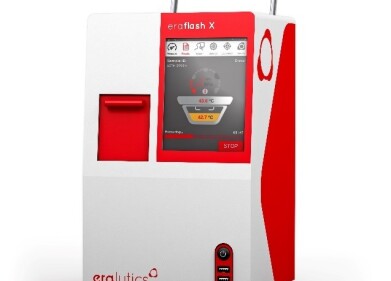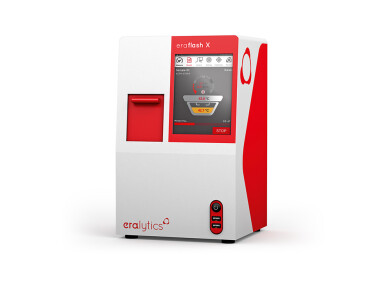Flash point
Open and Closed Cup Flash Point – What is the Difference?
Jun 26 2014
The term “flash point” is used to determine the lowest temperature at which a volatile substance can become vaporised into a flammable gas. To measure a flash point, it is necessary to introduce an ignition source to the substance and wait for the “flash” – the point at which it is able to be ignited.
There are various methods of measuring a flash point, which can be divided into two main categories: open and closed cup flash points.
Open Cup Flash Points
Measuring a flash point using an open cup method is, as the name suggests, conducted in a vessel which is exposed to the air outside. The temperature of the substance is gradually raised and an ignition source is passed over the top of it, until it reaches a point at which it “flashes” and ignites.
The flash point here will vary according to the distance between the substance and the ignition source – the height of the source above the cup. The most commonly-used open cup method is known as the Cleveland open cup (COC).
Closed Cup Flash Points
Again, as the name suggests, the flash point in the closed cup method is conducted inside a closed vessel which is not open to the outside atmosphere. The lid is sealed and the ignition source is introduced into the vessel itself, allowing for a closer approximation to real-life conditions (such as those found inside a fuel tank).
The four main kinds of closed cup flash points are Pensky Martens, Abel, Tag, and the most widely-used, Small Scale, which is often known as Setaflash. However, new developments in flash point testing have led to the introduction of modified safety standards. For more information on such developments, see this article: ASTM D7094 - Modified Continuously Closed Cup Flash Point Standard Accepted as a Safe Alternative Method in Various Fuel Specs.
What are the Differences Between the Two?
Because closed cup methods are conducted in a confined environment, the results are less likely to be interfered with by outside elements found in the laboratory. Furthermore, they understandably generally produce lower flash points, since the heat is contained and the substance is more likely to become flammable at an earlier stage. Because of this, they are generally used as industry standards, because they deliver lower results, which ensure safer practices.
However, it is important to note that neither open cup nor closed cup flash points are fundamental parameters belonging to the substance, but rather empirical results of testing. They will be affected by all manner of criteria, including the laboratory they are conducted in, the equipment used and the method of testing selected.
Digital Edition
PIN 26.1 Feb/Mar 2025
March 2025
Analytical Instrumentation - Elemental Analysis for Quality and Process Control at Refineries, for Lubricants and Wear Metals in Engine Oils - Synthetic Lubricants: New Developments - Scaling...
View all digital editions
Events
Apr 08 2025 Birmingham, UK
Apr 08 2025 Kielce, Poland
Apr 08 2025 Ravenna, Italy
Apr 08 2025 Southampton, UK
Apr 08 2025 London, UK



















